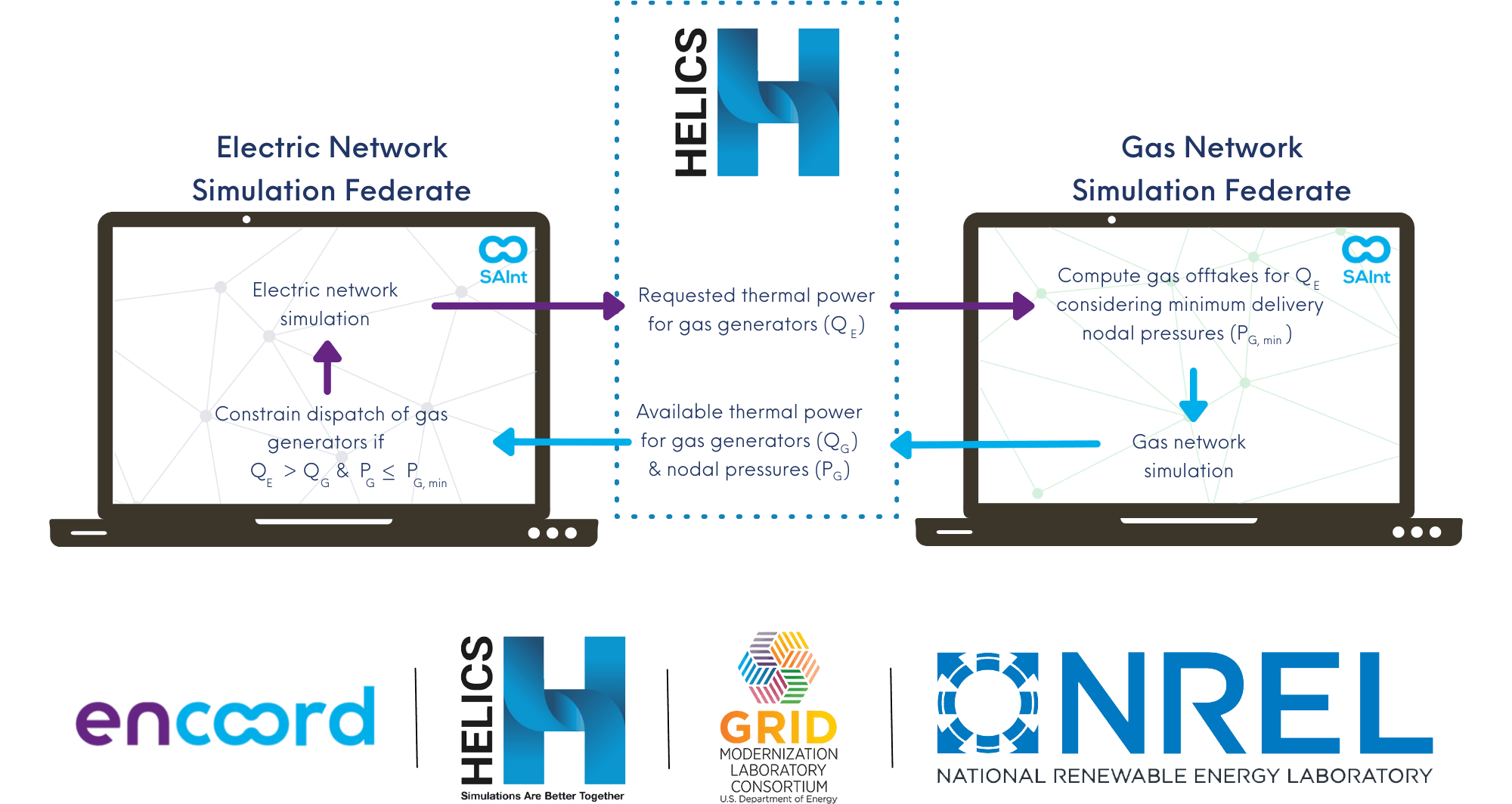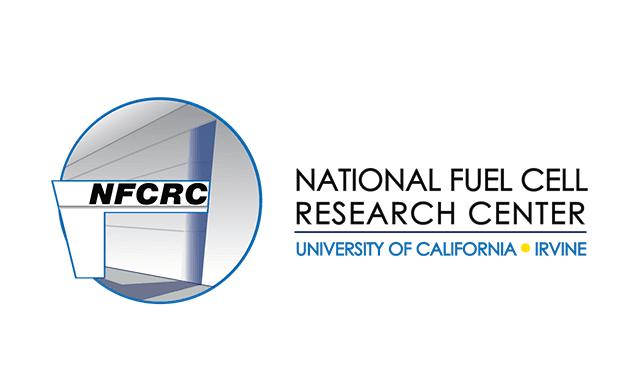To extend SAInt’s capabilities even further, encoord has partnered with the Grid Modernization Laboratory Consortium (GMLC) and the National Renewable Energy Laboratory (NREL) to integrate SAInt with the Hierarchical Engine for Large-scale Infrastructure Co-Simulation (HELICS). HELICS is a flexible, open-source platform for modeling the co-simulation of cyber-physical-energy systems. HELICS enables users to link SAInt with their own pre-existing simulation tools to create advanced co-simulations.

DOE - HELICS+ Natural Gas and Grid Validation and Optimization
Case Study

Advantages of HELICS integration:
Customization: HELICS allows users to build co-simulations that connect SAInt with outside tools to enable new modeling capabilities specific to their needs.
Leverage existing capability: Using HELICS to link SAInt with existing, out-of-box simulation tools reduces the need to reinvent existing capabilities.
Developer flexibility: HELICS is an established, open-source tool that is accessible across a range of languages, including C, C++, C#, Python, Java, and MATLAB.
To illustrate HELICS’s capabilities, encoord and NREL have developed an open-source co-simulation use case that integrates optimal power flow with modeling of the natural gas network. Although this example uses two modules of SAInt (electric and gas network simulation modules), a similar approach would apply for connecting SAInt with other modeling tools.
For users or developers interested in exploring the HELICS linkage of this use case further, the code is available here. Users can also contact encoord to receive a trial license of SAInt for testing out the use case.
Related Case Studies and Use Cases
Previous uses and future potential applications of SAInt

Ready to Learn More?
See how encoord can help you plan for the energy transition



